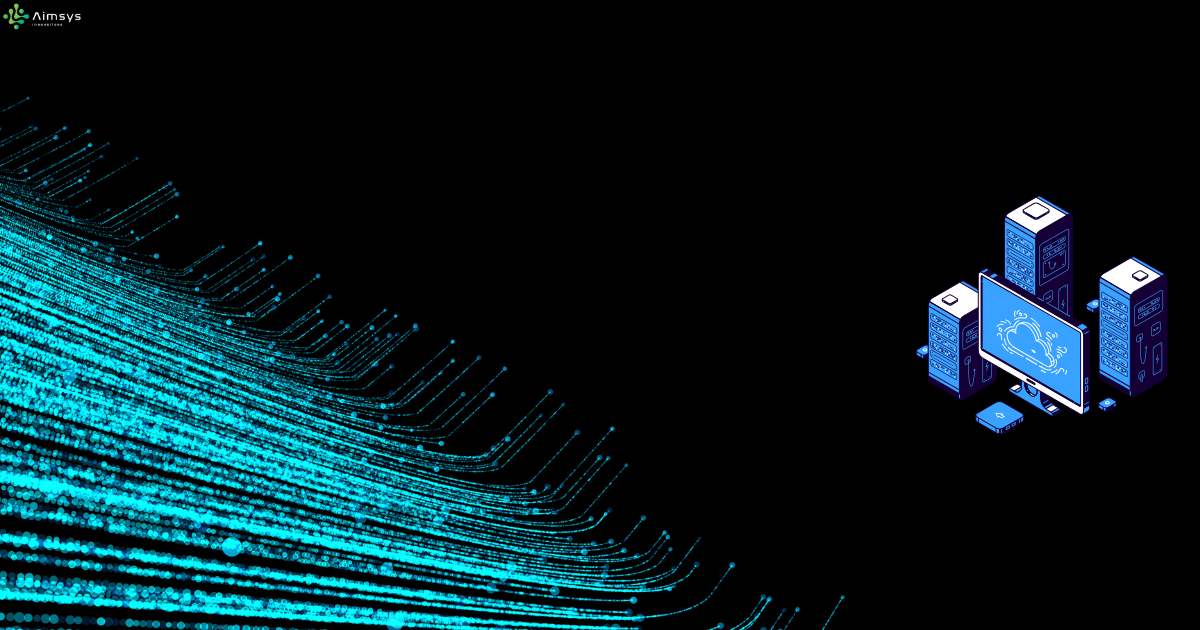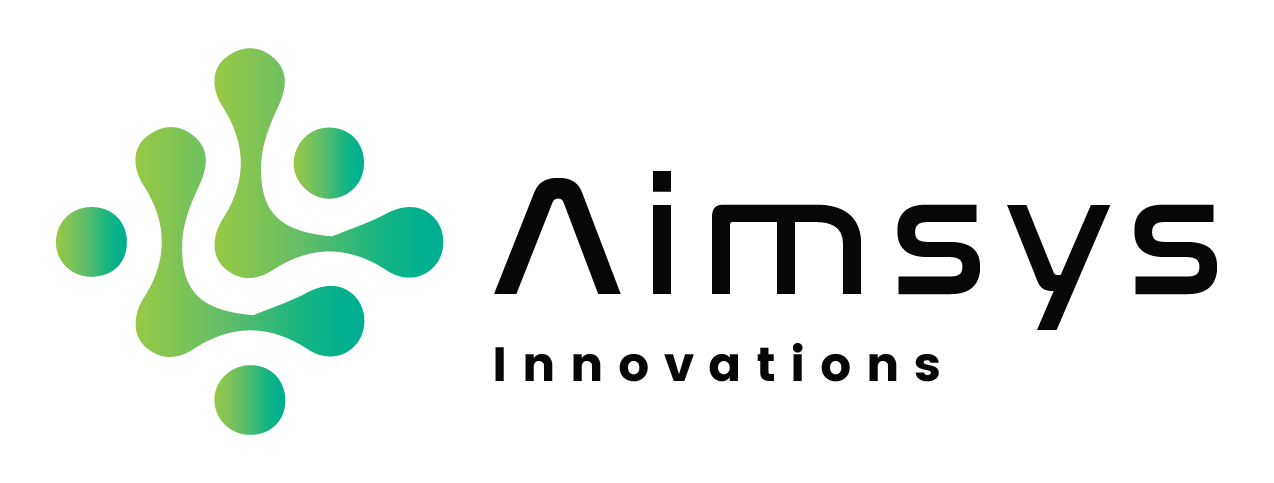Posted At: Oct 03, 2025 - 503 Views

Self-Healing IT Systems – How AI Detects and Fixes Errors Without Human Input
In the modern digital landscape, downtime isn’t just inconvenient—it’s costly. A single outage can disrupt operations, damage customer trust, and result in financial losses that reach millions of dollars for large enterprises. Traditionally, IT teams have shouldered the responsibility of monitoring, diagnosing, and fixing issues manually. But with increasingly complex infrastructures, the old break–fix model is no longer enough. Enter self-healing IT systems—an AI-powered approach where technology itself detects, diagnoses, and resolves problems automatically, without waiting for human intervention.
What Are Self-Healing IT Systems?
A self-healing IT system is an autonomous environment where artificial intelligence (AI), automation, and predictive analytics work together to identify errors, mitigate risks, and resolve incidents. Much like the human body repairing itself after an injury, self-healing systems restore IT operations to normal without direct human involvement.
These systems are built on three core principles:
- Detection – AI continuously monitors performance, looking for anomalies, slowdowns, or errors.
- Diagnosis – The system pinpoints the root cause using machine learning and event correlation.
- Resolution – Automated workflows or scripts are executed instantly to fix the problem.
Why Are Self-Healing Systems Needed Now?
The shift toward cloud-native, distributed, and hybrid IT environments has created unprecedented complexity. A single application may span dozens of microservices, running across multiple servers, cloud providers, and geographies. Manual monitoring and troubleshooting at this scale is not sustainable.
Some key drivers behind the rise of self-healing IT include:
- Rising IT complexity – More endpoints, services, and connections mean more points of failure.
- Cost of downtime – According to Gartner, the average cost of IT downtime is $5,600 per minute.
- Talent shortage – Skilled IT professionals are in short supply, making automation a necessity.
- Customer expectations – Businesses must provide 24/7 reliability with near-zero interruptions.
How AI Enables Self-Healing
AI and machine learning bring predictive intelligence and automation to IT operations (AIOps). Here’s how they work under the hood:
- Continuous Monitoring & Anomaly Detection
- AI monitors logs, metrics, and events in real-time.
- Algorithms detect anomalies before they escalate into outages (e.g., unusual CPU spikes, memory leaks).
- Root Cause Analysis (RCA)
- Machine learning correlates data across systems to isolate the true cause of an issue, instead of just identifying symptoms.
- Example: Determining that a database slowdown is caused by a failing storage node, not the application itself.
- Automated Remediation
- Predefined scripts or AI-driven decision-making trigger fixes instantly.
- Example: Restarting a failed service, reallocating workloads, or patching security vulnerabilities without manual approval.
- Predictive Maintenance
- Instead of waiting for systems to break, AI predicts failures before they occur.
- Example: Identifying that a server will fail within 48 hours based on vibration and temperature data, and proactively replacing it.
Real-World Applications of Self-Healing IT
Self-healing systems aren’t just theoretical—they’re being deployed across industries today:
- Cloud Infrastructure: Platforms like AWS, Azure, and GCP use self-healing to restart unhealthy instances automatically.
- Enterprise IT: Banks and insurers use AIOps to reduce downtime and keep customer-facing apps running.
- Smart Devices: IoT devices self-diagnose and update firmware when bugs are detected.
- Cybersecurity: AI-driven systems detect intrusions and automatically isolate compromised endpoints before attackers spread laterally.
Benefits of Self-Healing IT
- Reduced Downtime – Issues are resolved instantly, minimizing business disruption.
- Lower Costs – Automation reduces the need for large support teams.
- Improved Reliability – Systems adapt and respond dynamically, ensuring continuous uptime.
- Scalability – Self-healing IT can handle growing complexity without needing exponential IT staff growth.
- Better Employee Experience – IT teams can focus on innovation instead of firefighting.
Challenges to Implementation
Despite its potential, deploying self-healing IT isn’t without hurdles:
- Integration complexity – AI must integrate seamlessly across legacy and modern systems.
- False positives – Poorly tuned AI may trigger unnecessary fixes.
- Cultural resistance – IT teams may be reluctant to trust AI-driven automation.
- Security concerns – Automated fixes must not create new vulnerabilities.
The Future of Self-Healing IT
We are moving toward an autonomous IT ecosystem where AI not only detects and resolves issues but also optimizes performance continuously. Over time, systems will evolve from:
- Reactive (fixing problems after they occur)
- Proactive (predicting problems before they occur)
- Autonomous (optimizing and healing themselves with little to no oversight)
In the near future, CIOs may rely on IT environments that are largely self-managing, freeing human experts to focus on innovation, strategy, and digital transformation.
Conclusion
Self-healing IT systems represent a major step forward in enterprise technology. By combining AI, automation, and predictive analytics, these systems detect and fix errors without human input—delivering greater uptime, reliability, and efficiency. While challenges remain, the path is clear: organizations that embrace self-healing IT today will lead the way in creating resilient, intelligent, and future-ready digital ecosystems.
